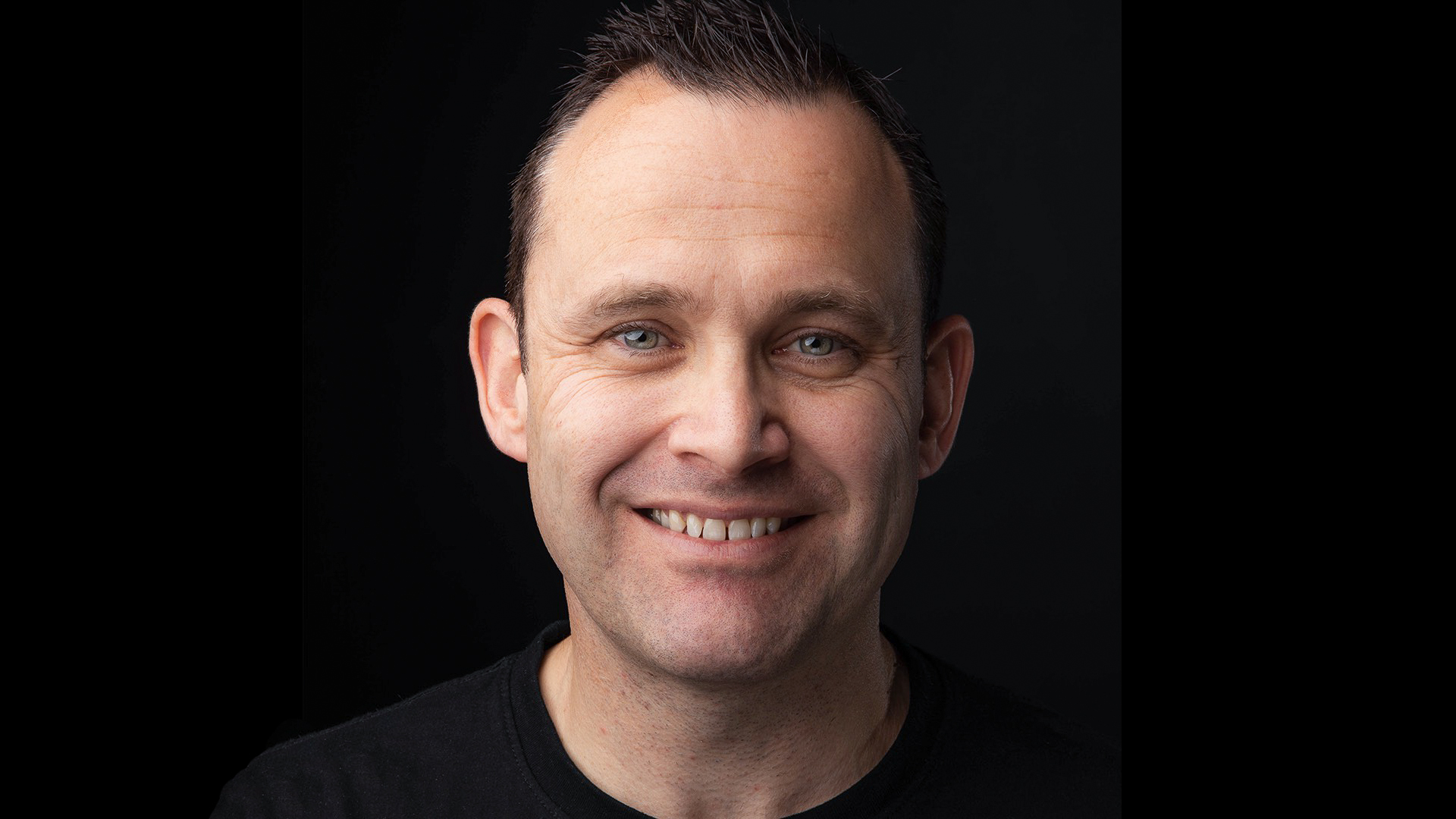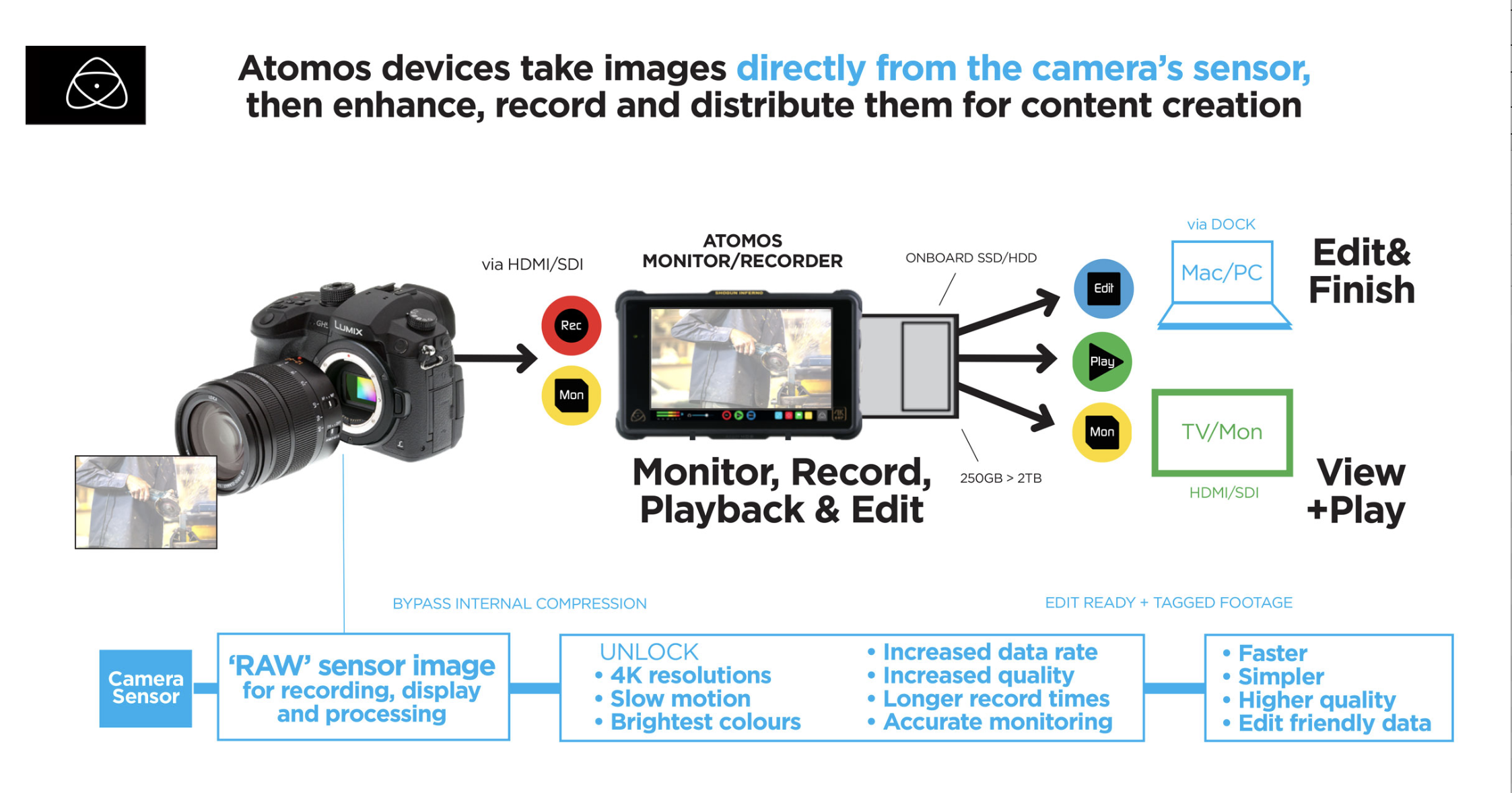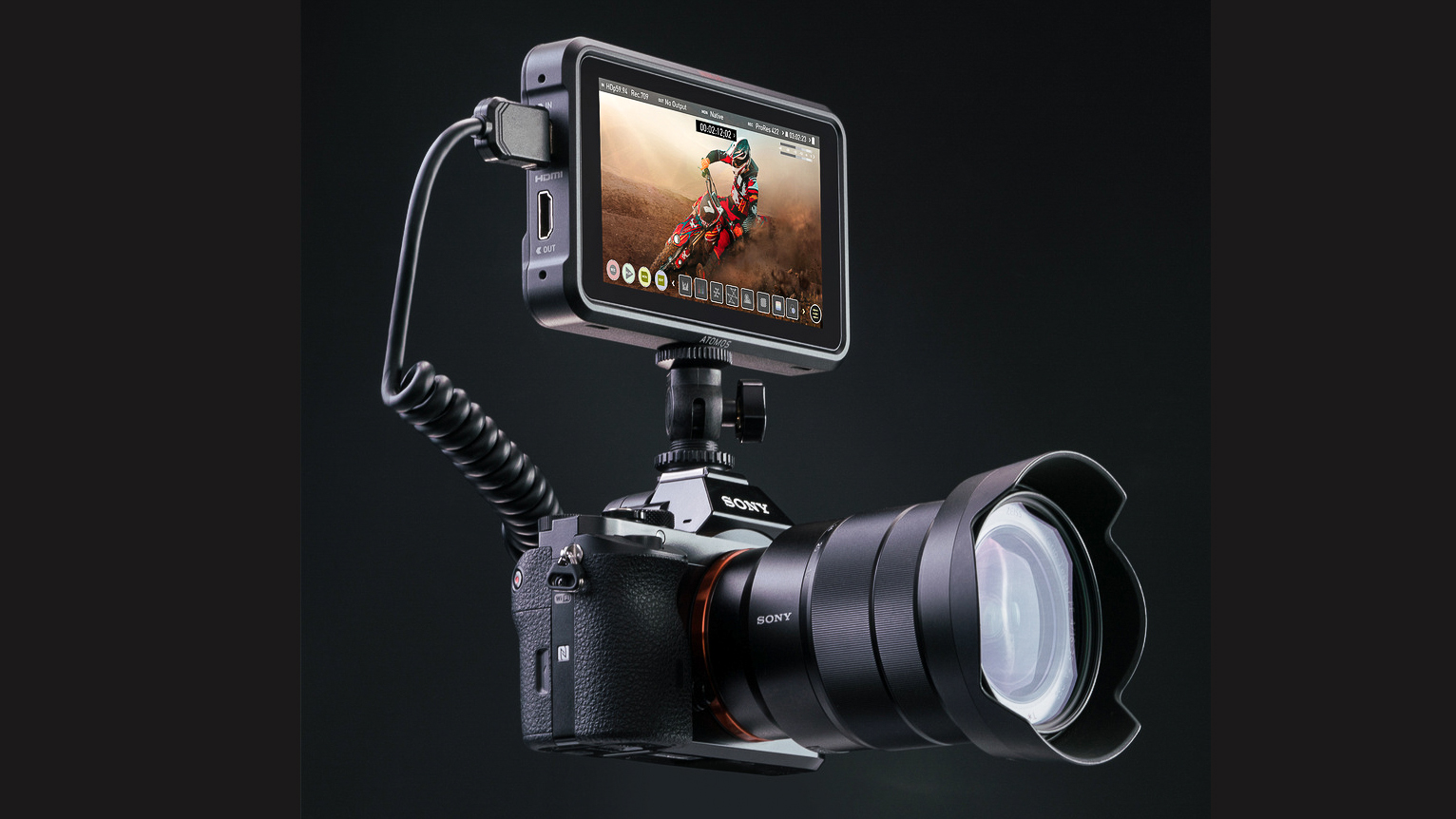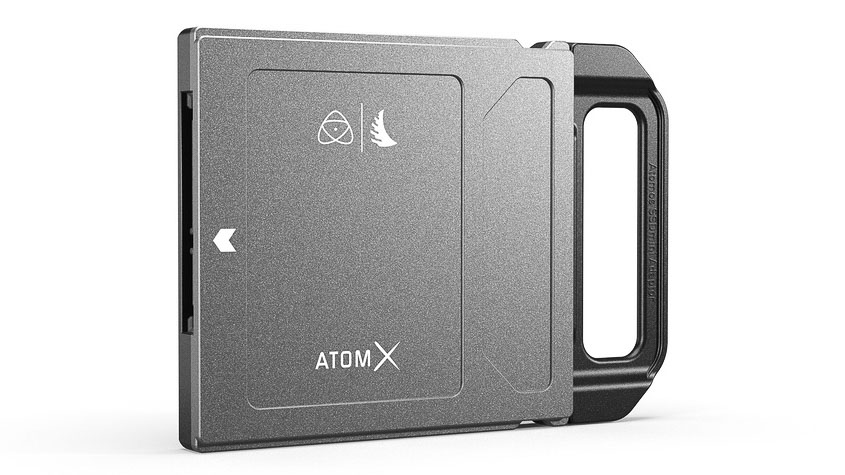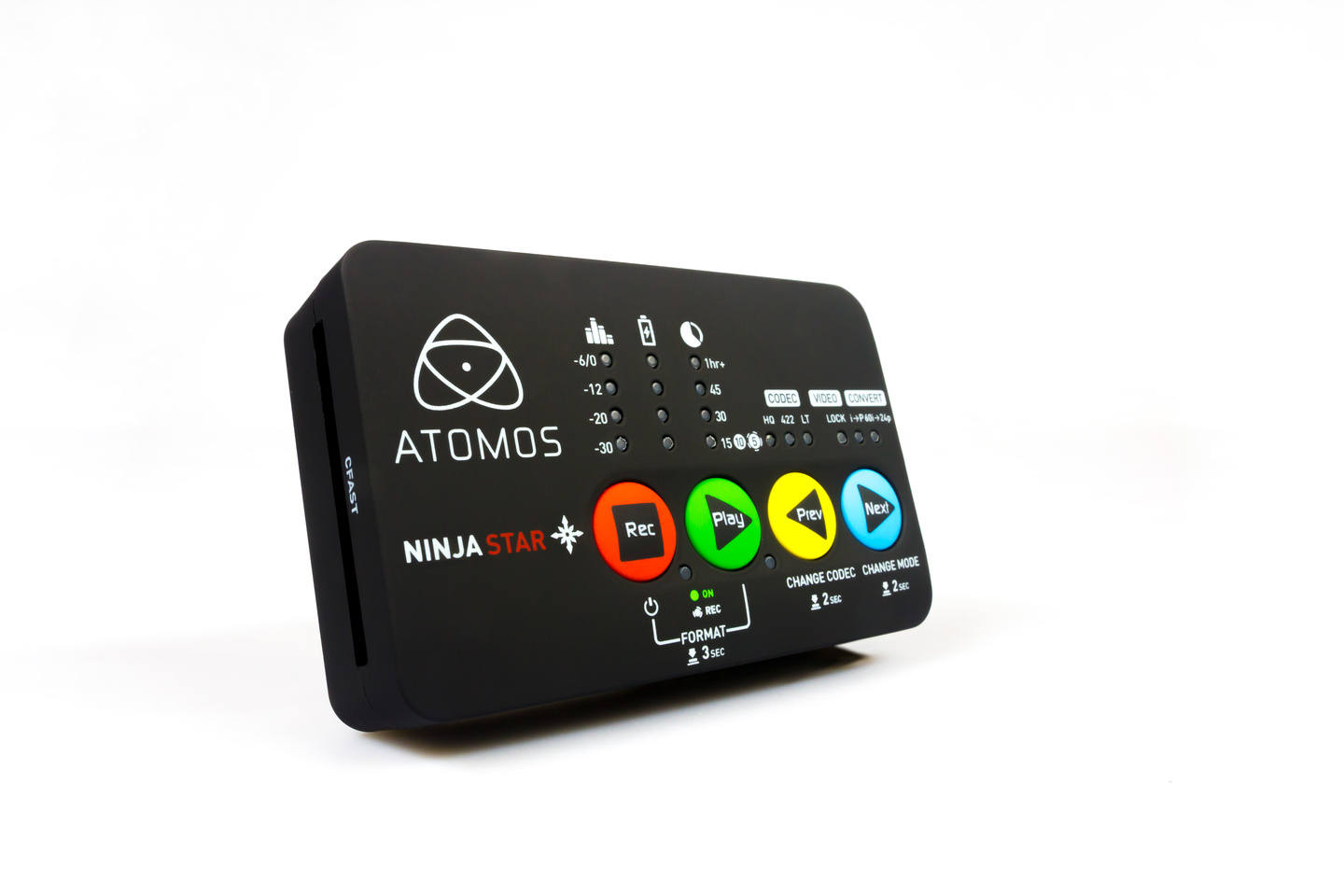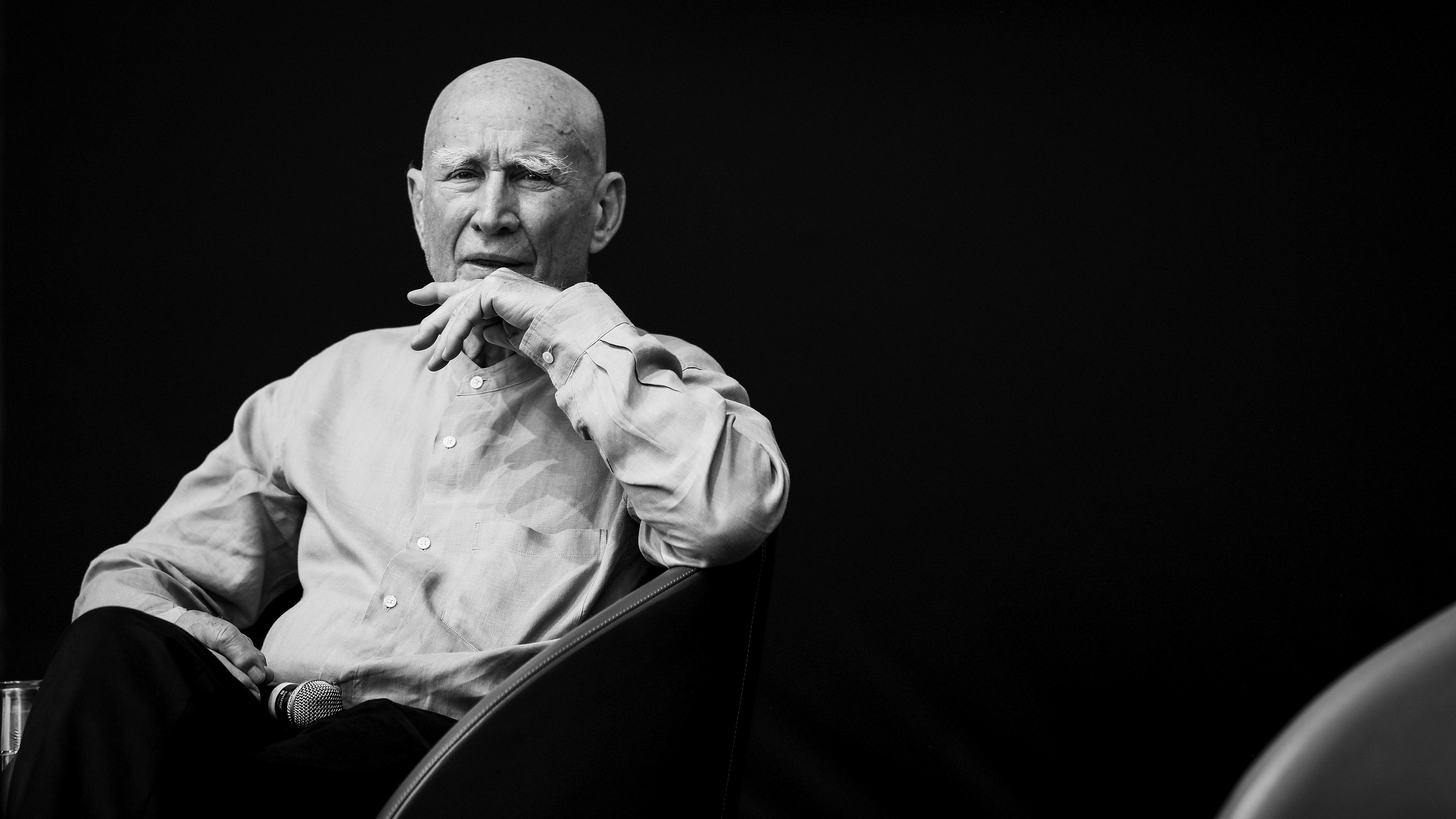Why ProRes RAW is the next file format you should really know about…
We talk to Atomos CEO Jeromy Young about why everyone is talking about ProRes Raw
If you get serious about shooting video, you will soon discover Atomos. This company has been at the forefront of the videomaking revolution for the last decade. Back in 2009 it launched the first video monitor-recorder. Its Ninja device gave you a bigger screen to see what you were shooting, and also to record the huge files created by videos at a speed that did not compromise image quality in the way that simply using your memory card did.
Atomos now has a whole catalogue of products - but the Australian company has not just been about the hardware. It has been instrumental in working with camera manufacturers such as Nikon and Panasonic in progressing and promoting new standards in video. Most recently Atomos has been the champion of ProRes RAW - and new video file format that offers to do to video what RAW did to stills...
We caught up with charismatic Atomos CEO and co-founder Jeromy Young at IBC 2019 for him to explain what ProRes RAW is, and what it means...
What is ProRes RAW?
DCW: Let's start by talking about ProRes RAW... are people starting to understand it yet?
Jeromy Young, Atomos: The people who have followed us since the beginning, they definitely understand what it is. But for photographers, I think we can definitely liken it to the revolution of RAW formats.
Photographers used to just shoot JPEG, right? And that was great, at the time. But then, it went to RAW – because you get more flexibility in the computer. You're recording more computer friendly formats, basically.
ProRes RAW, is the video equivalent. We used to have the sensor in the camera convert it to a video image. So, it was basically doing a JPEG conversion internally, and not keeping the raw data. And, we work really close with all the camera makers; I lived and worked in Japan for many years, and I'm very close to the camera developers.
The best camera deals, reviews, product advice, and unmissable photography news, direct to your inbox!
And so, inside those cameras, they said, "Well we can do HD video at 60 frames per second, but the processing power is not enough for us to do 4K." But the sensor is a 4K sensor because it was a photography sensor, so really big! So they had a limitation.
And we're sitting with the development guys, at Nikon actually. And we said, "Why don't we do that for you? You could you just send the data out of the HDMI?" And that though that was a good idea…
So we started that conversation maybe, three or four years ago. And now we support, I think it's about 15 different cameras. Most of them being video and cinema cameras. So, probably like $10,000 and up kind of range.
But, the big news for the photography world is, the Nikon Z 7 and the Z 6, the new S1H from Panasonic. They are giving RAW, 4K and 6K respectively, out of their HDMI port to our Ninja V unit.
Now, why do you need an extra-external monitor? Well, we process the image to the highest quality... Wide dynamic range, wide color range like you're going to be able to edit it in your computer.
DCW: So it's taking the RAW video data and it's outputting it, in a JPEG-like way?
Jeromy Young, Atomos: It used to be. Now we're taking that RAW data and we are preserving it in ProRes compression. Now, the ProRes compression, is a very light compression. The ProRes RAW HQ is 3-to-1 compression, and the ProRes RAW, the base one, is 5-to-1. And it's a range because of its variable bit rate, so that's the approximate bit-rate on normal images. But, it can go up a bit or down a bit, in that range.
Why ProRes is so great, is, Intel standard SSDs that are inside your computer, you could record to it. So it's a commodity storage media. It's not an SD memory card, that if you want super high burst photo, you have to pay a lot for it. These are commodity disks that are used every day in high-speed computer situations. So you can use them and they're really reliable, they're flash-memory.
So, the ecosystem of RAW for video, is now actually possible. But what you need for that, is you need the camera makers on board, you need someone to connect to the computer format that will help finish it easily. And that's where Apple's format comes in.
Adobe has CinemaDNG, we also support that, but it's not quite efficient or as easy to use in the computer, so, ProRes is the number one in video. And ProRes RAW, is the next evolution of that.
People forget that first ProRes format came out in 2006. It didn't become ubiquitous and standard until companies like us, put it on top of every Japanese camera and that made it boom. But we're stopping and repeating that. But that took 12 years to happen. And the RAW revolution in video has only just started and enables high dynamic range.
And you photographers know a lot about stops. With videographers, it was always done for you, in the camera. Right?
DCW: With video, there hasn't been any dynamic range!
Jeromy Young, Atomos: Yeah, there hasn't been any range, right! And that was convenient for data-rate reduction for video recording. Because, it is 60 photos a second in 4K resolution. And, we're now supporting 8K from the Canon Cinema EOS cameras. But, that will come-down and the S1H is 6K, which for video, is way more than any TV's got. And is really quite impressive when you see it. And your 4K TV, if you only got 4K footage but it's on anything bigger than like a 55in screen, the pictures starts to get blocky just like your SD used to look like on your HD TV.
So we're at the point where the technology of panels is kind of... You know, it's always like, cameras then panels and then, cameras and then panels. So the panels were kind of out-stretching the cameras for a while. Now, the cameras are out-stretching the panels and now we can get 4K HDR with wide dynamic range and bright colors and is what what we want to see. Which is the goal, right? If we can re-produce what we see, that's a good start. And then, we tweak-it with our creativity, to give you something a little bit better than that… or something really creative.
So, our goal is to maintain the creative intent using this new phase of wide dynamic range and wide color, where the cameras are more capable. Keeping the RAW, is the right move. Apple's behind it, we're supporting it and the camera makers are supporting it. And people can trust, that if your a Nikon guy or a Canon guy or a Sony guy, in the photography world, we can enable that step for you.
DCW: So, are you talking to other camera manufacturers?
Jeromy Young, Atomos: Of course, yes, yes!
DCW: So do you think everyone will be come on board? Sony, Canon etc?
Jeromy Young, Atomos: Oh, absolutely! Sony is there, with their video cameras. They haven't brought it to the Alpha Series yet.
But, of course, they will - they'll have to. And, we're in constant development with Sony… lots of different Sony teams, you know....
DCW: It feels that Nikon and Panasonic, where is starting to happen, that they need you! It feels strange for them to have to go to someone else… outside of Japan, and to Australia to find a solution!
Jeromy Young, Atomos: I'm the white ninja! Look, I love that culture; they're an amazing group of people that I've connected very deeply with, personally. And we help each other. And, I'm a computer guy, I'm not an imaging guy. I compact the data, I can keep it for you, and work with the computer industry to enable it for you.
Who are the biggest revolutionizers of photo? Well yes, it's the camera makers but it's also Lightroom and Photoshop. You needed the computer to actually enable it. That's what we're about.
We're enabling computer formats at the camera, so that when you get to the computer, the creativity factor goes through the roof because you got RAW and the highest quality pictures to deal with. And, we're just stepping and repeating the photo success of the RAW revolution. For stills photographers now, it would seem unheard of that you wouldn't take a RAW image, right?
So why wouldn't you want the same advantage in video?
DCW: Exactly...so why on earth isn't it here already?
Jeromy Young, Atomos: And the reason is it's a really big data rates. You are recording big data. And your photo camera needs to be small and maneuverable for a photo implementation. Video, you need to keep it more stable. The focal lengths, are a little bit deeper. So you start to wobble it a bit; you're capturing all the time. It's not like a moment and a paper thin, razor sharp, focal point. Which, are kind of slightly different things, but they're big meaningful issues when you start to capture the best data. And so the cameras would be big and get hot, if they did it already.
DCW: So the fact that the recorder is external, is also to do with the heat?
Jeromy Young, Atomos: Correct...yes...
Atomos and CFexpress
DCW: We saw CFexpress memory cards launched properly last week, with announcements from Canon and Sandisk. Are these faster memory types a threat to Atomos?
Jeromy Young, Atomos: No, we were a part of the CF committee that defined those specifications. We want a smaller SATA disk, to make our products smaller.
We're right behind that technology, as it comes down in price we will offer it in our products. But right now we've actually miniaturized the SSD computer disks we use a bit. Because you know, they were quite big. Inside the electronics are about half the size of the card. So I went, I don't want that other half – as on our 5 inch monitor it was sticking out the side. So we made the SSD smaller.
We've got some key partners in Sony, Angelbird and Western Digital; Sandisk are making products for us. And SSDs are just more affordable right now.
But as you said, now that Canon and Sandisk can release the first ones, we will see the commoditization of CFexpress as the volume picks up and it's used in more cameras.
DCW: So CFexpress cards could be used in a future version of an Atomos Ninja?
Jeromy Young, Atomos: Absolutely. And then we can get a smaller form factor. So I think, what your question about heat, and if that's a factor...
It is for the camera, because it's got a sensor, it's processing the image to like HS265 necessarily to play it back on other devices, like a TV or playback on the camera or on to an SD memory card then you have to squash it a bit.
But if you want to do cinema production, and you want to have the brightest in color creativity. Then you've got to shoot RAW or uncompressed video. That makes it big data.
What we've invented is the world's fastest, most capable video computer, with a screen. So Apple makes a phone, internet, music, and camera consumer device. That's what their computer is made for. They also make Macs that are built for higher data processing and more advanced capabilities. Right?
We made a video specific computer that support all of the technology required to give you the best results, in that world. And what does that give you? We have spent $40 million on silicon to do, like Apple do with the A-chip inside their phones and tablets, and like Intel do with the CPUs. Smaller, more function at lower power is what silicon production gives you. Now there's very few people in the world who can actually achieve that. We're one of the companies, due to my training in Japan. We know how to do that.
So what does that give? Lower cost, lower power, less heat, more functionality. So what is Canon and Nikon doing? They're making a process the image from the sensor. Clean up the problem for the sensor. Make sure the lens and the sensor are working well together. It's a different goal to our goal - which is to reduce the power and heat at the highest data rates. And too preserve quality.
So, that's what we give them. There is a question of heat, for them. For us, we've overcome that by focusing. They focus on image sensor and lens and make sure they are capturing the best. And we say we will record it and display it the best. That's a great combination. Especially, for a photography camera that is nice and small for when you use for photography. But then we can level it up to a cinema camera and not have to blow it up like a puffer fish. Keep it small.
Return of the Atomos Ninja Star?
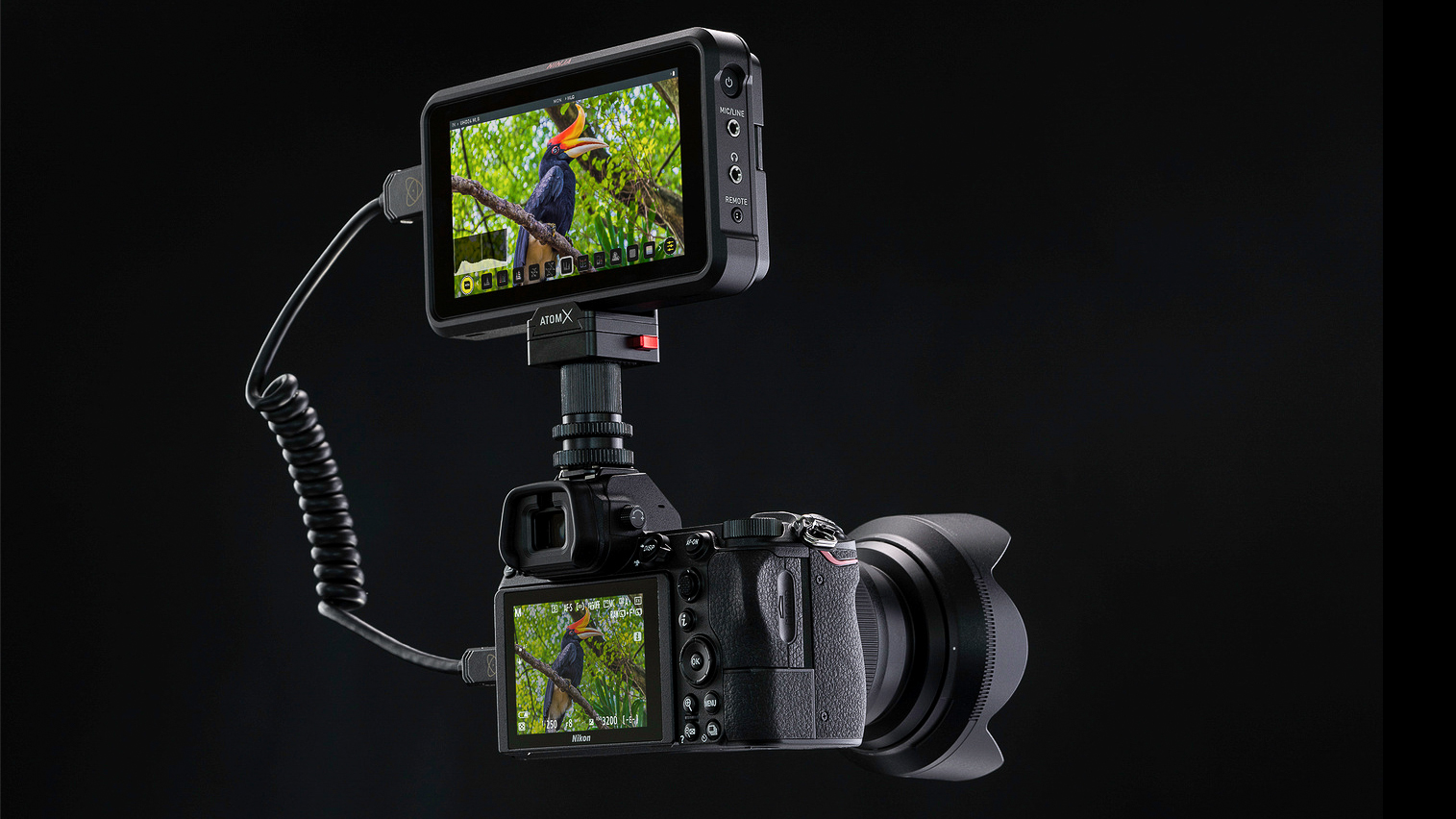
DCW: Talking about making things smaller. You start a 5 inch screen? Have you looked at doing a smaller screen? For that someone that has an Sony Alpha 7, say?
Jeromy Young, Atomos: Yeah well, I don't think you need a smaller screen. But I know where you're going with that… just more integrated, right?
We had a product at the end of the HD cycle...around 2012. We released a product called the Ninja Star. It was "ProRes in your pocket", that was the marketing behind it. And that "ProRes in your pocket" is now possible with our Ninja platform.
That silicon allows us now to go small again. Whereas, 4K was just too hot to get it so small. So, that's why we kept putting the screens on, plus we want to control it. I don't like buttons... Although, I do like them on a photo camera. You know, to be able to change settings quickly. So... I'm coming around to it.
But I think the right product is a small Ninja, without a screen. Kinda click into your camera, you know like the battery packs do.
So I've got that in my mind as probably the answer to your question of "Is there something smaller..."
DCW: Is that something that might happen then?
Jeromy Young, Atomos: Yeah, absolutely. We are very open; we love the ideas from customers. We are a young company, we are computer guys. It's tech. It's Silicon Valley stuff. Those with the best ideas. Who can execute them first, win! And, when you have an idea, if you've thought of it, definitely your competitors can. So you got to beee-line to it. And part of it is committing to it. So we are committed to miniaturization of our products, we're committed to increased performance. And we love giving updates to customers. We have given a couple updates, here at the show, that enable the cameras that the customer is using, and the new cameras that are coming, to give you that freedom of choice that customers really do appreciate.
So that's why we have formed the AtomOS United Team. Which is all of our partners… Canon, JVC, Panasonic, G-Technology [which you know is disks again], RED, Nikon, Olympus, Fujifilm, Z-Cam (which is a camera company out of Hong Kong), and Timecoach (a UK company that does synchronization to photo cameras). And we've got a team there, that is extremely formidable and nobody is competing with each other in my ecosystem. The camera makers are, but in our family, it's the bringing of people together.
DCW: You're all joined by a Ninja...
Jeromy Young, Atomos: All joined together by a Ninja!
Read more:`
Atomos and Panasonic announce RAW video output
Revolutionary RAW video output coming to Nikon Z6 and Z7 later this year

Chris George has worked on Digital Camera World since its launch in 2017. He has been writing about photography, mobile phones, video making and technology for over 30 years – and has edited numerous magazines including PhotoPlus, N-Photo, Digital Camera, Video Camera, and Professional Photography.
His first serious camera was the iconic Olympus OM10, with which he won the title of Young Photographer of the Year - long before the advent of autofocus and memory cards. Today he uses a Sony A7 IV, alongside his old Nikon D800 and his iPhone 15 Pro Max.
He is the author of a number of books including The Book of Digital Photography, which has been translated into a dozen different languages.
In addition to his expertise in photography and videomaking, he has written about technology for countless publications and websites including The Sunday Times Magazine, The Daily Telegraph, What Cellphone, T3 and Techradar.
